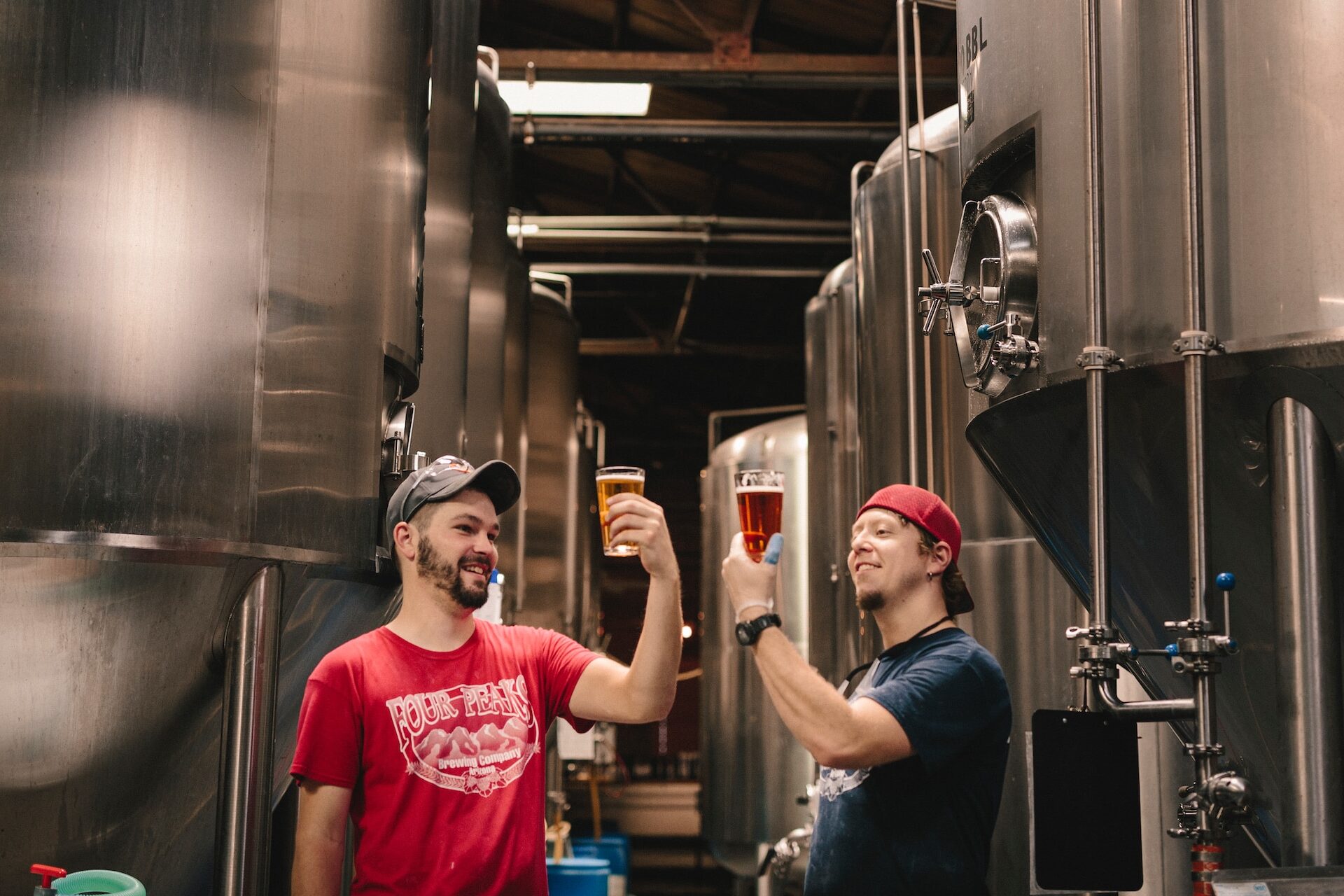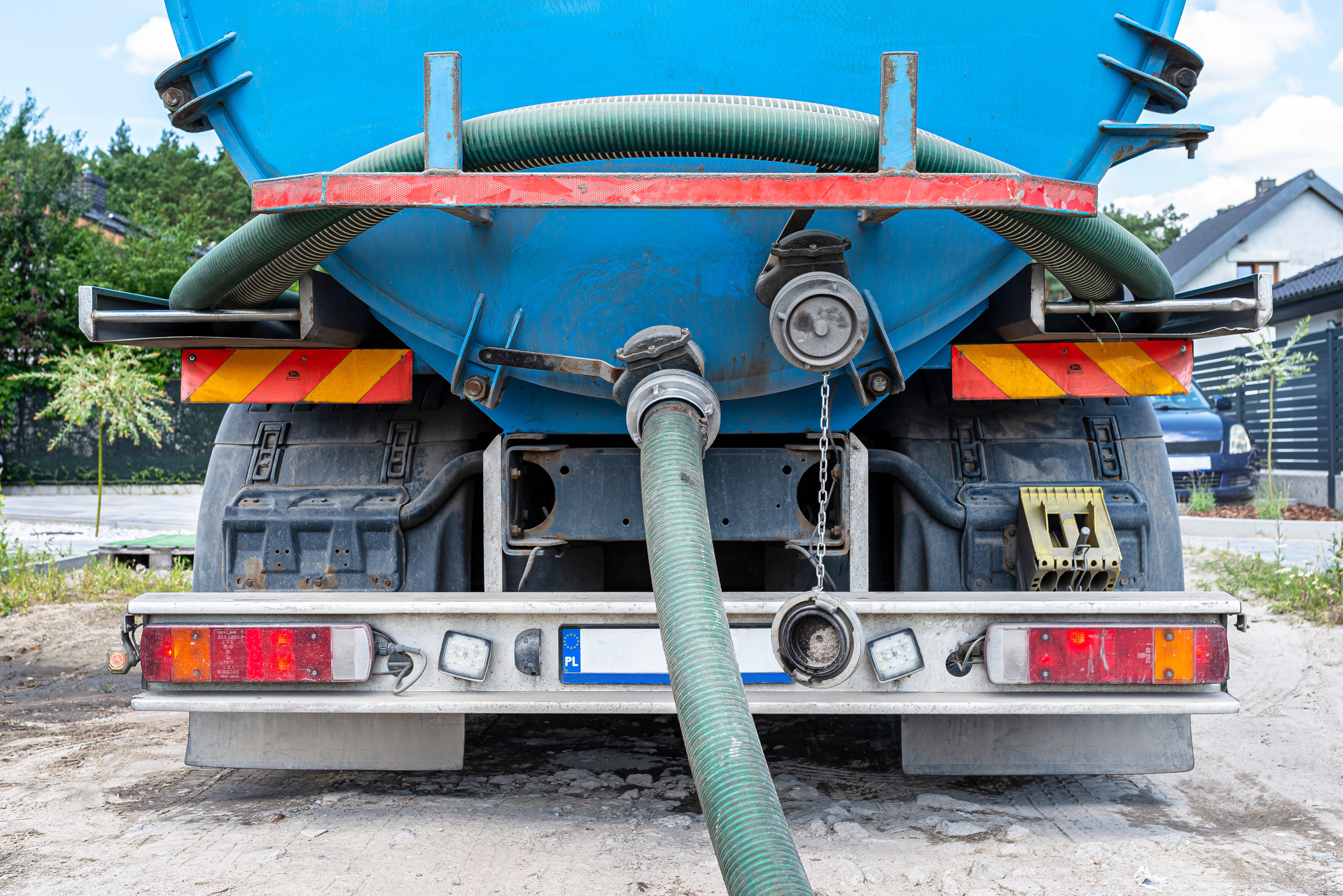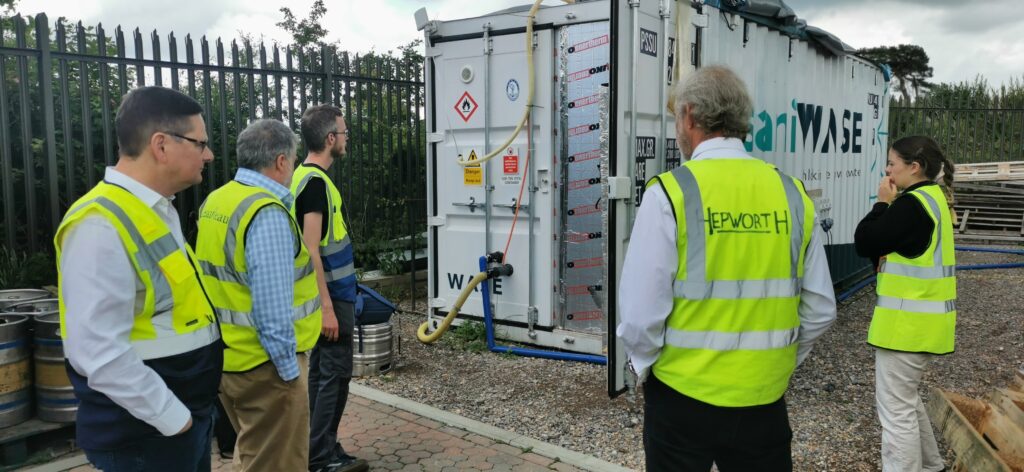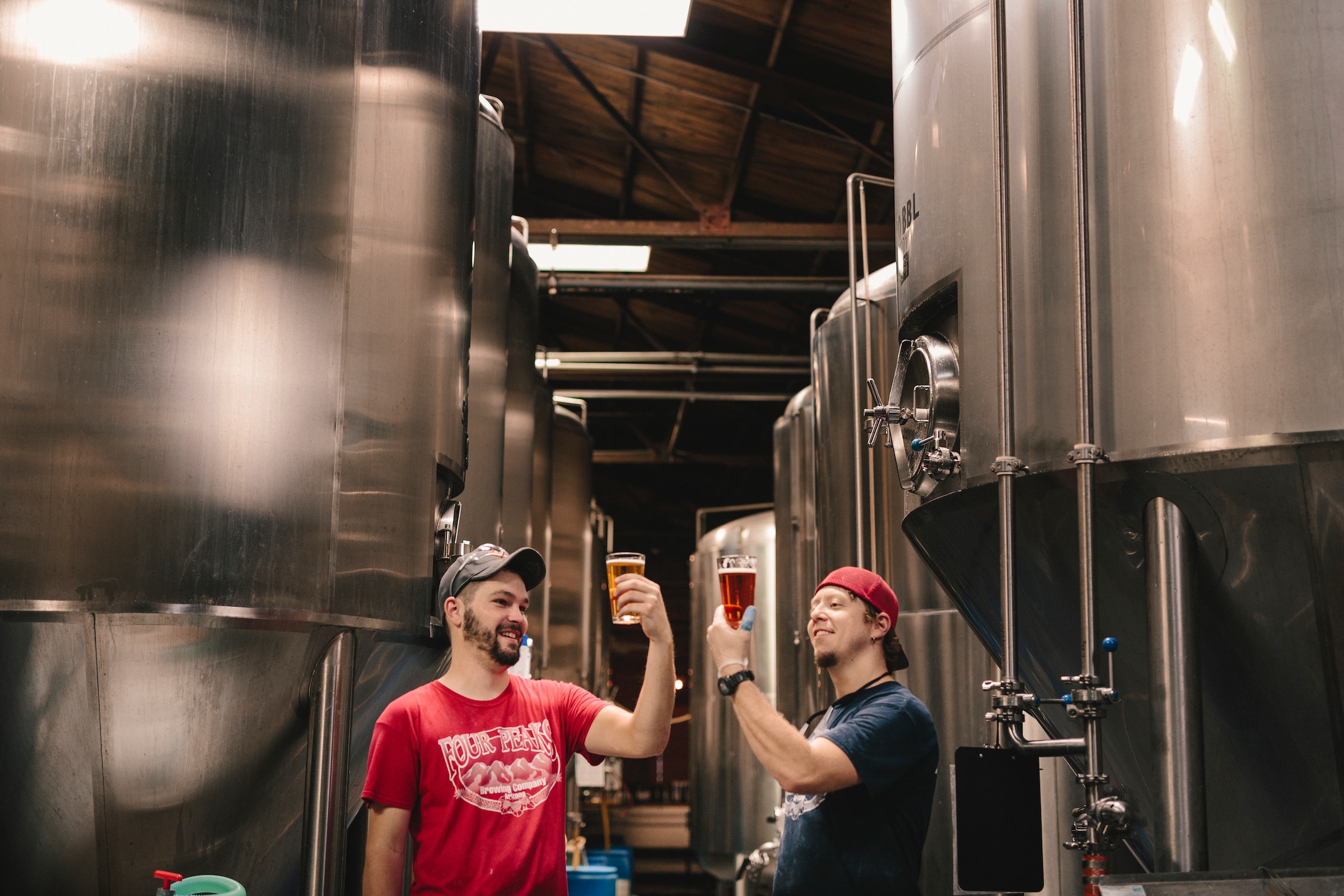Brewing is one of the oldest trades in the world and beer one of the most popular drinks! But how much do you know about the use of water in the brewing process?

Where does the wastewater come from?
The brewing process uses a fair amount of water, not only in generating the beer, but also from cleaning and pasteurising equipment. Most wastewater comes from the malting process, the steeping process, condensate and cleaning (washdown water).
How much wastewater do brewers generate?
The short answer is a lot! It takes approximately 6 pints of water to make 1 pint of beer…
Brewing wastewater is measured in lots of ways; however, the most useful ratios are:
- ‘Water use ratio’ – total water used:output volume – Industry average is 7:1
- ‘Wastewater to beer ratio’ – waste water generated:beer output volume – Industry average is 5.4:1
*Averages taken from the Brewing Association reports.
Why can’t the wastewater be poured down the drains or into the water course?
Brewing wastewater is rich in organics, meaning that it is also full of microorganisms that can consume high levels of dissolved oxygen in water. As a result, it uses a lot of energy to remove the organic at wastewater treatment plants. In some cases, wastewater is discharged before reaching treatment plants and this is bad news for rivers, reservoirs and our environment. It’s bad because it can upset the local ecosystem effecting the amount of dissolved oxygen available to fish, algae, and water born plants etc.
For some brewers high strength wastewater (think tank bottoms!) is mixed with the first rinse and then again with the final rinse, diluting high concentrate pollutants with cleaner water that is ultimately disposed of via the drains. Mixing high concentrate wastewater with low strength makes it more energy intensive to treat at centralised facilities.
The strength of this waste is measured through a calculation that determines the Chemical Oxygen Demand (COD) of the wastewater. The COD value is articulated as grams per litre e.g. 10g/L COD. The higher the chemical oxygen demand, the more potent it is. Not only that, but the higher the COD the more potential it has for generating clean energy!
So…What do we do with it?
Some of the largest brewers (think ABinBev brands) have access to their own wastewater treatment plants with large anaerobic digestors ‘AD plant’. Typical continuous stirred anaerobic digester (big round tanks) process it over 3 to 4 weeks in large tanks where bacteria breaks down the organic matter in the waste creating methane (the useful component in the biogas) and CO2 which form biogas. The process also creates a sludgy mixture called digestate, which is essentially nutrient rich material that farmers can use as fertiliser. You can get high rate digestors that flow liquid up through a suspended bacteria layer. These can process lower strength wastewater with low solids content in under a day. However, they do have complex operation and reduce the amount of energy you can recover as they need to remove/reduce the solids going into the unit.
Some brewers (of which there are nearly 2,000 in the UK!) contract their wastewater treatment to agents who collect these smaller volumes of waste and process it at independent digestion/treatment plants.
If you can process your own waste on site you can save considerable costs from the waste transportation, where you can pay as much as £8-18 per m3 (or tonne) of waste. For a small to mid-size brewery this can equate to as much as £250,000 a year spent just on having your wastewater collected and processed!
Not only that, but those fortunate enough to process their own waste generate other areas of savings through cost avoidance. For example, the biogas (specifically calorific methane) produced can be used on site for heating during the brewing process, offsetting gas or oil energy costs.

What determines whether the waste is worth treating?
The higher the COD the more ‘calorific’ the waste and therefore the greater opportunity for generating clean biogas for use on site at the brewery.
Are there any other more cost effective or sustainable options?
Localised, cost-effective waste treatment options for smaller breweries, with limited space for a treatment plant are in short supply – however there are some really interesting opportunities including the innovative modular approach utilised by WASE.
WASE have a small footprint wastewater treatment system that is faster and more efficient than traditional anaerobic digestion. It is plug and play, allowing breweries to simply direct their waste to the WASE reactor. The unit uses a process called electro methanogenesis (EMR), which is an accelerated form of anaerobic digestion. The process uses electrically stimulated bacteria to breakdown the waste and generate methane.
EMR allows a really closely controlled environment optimised for the active bacteria, this allows a higher methane yield and much faster treatment because the bacteria can call for feed using bio-feedback, when they need it, meaning a seamless and easy system to operate.

What are the headlines for using EMR in brewing?
You can treat waste between 3-10x faster and process your wastewater under 2-3 days!
Generate 30% more energy for use on site compared to AD or UASB (either directly fed to boilers or through a CHP to generate thermal energy and electricity).
Increased organic removal rate by an additional 30%, this means cleaner water is available after processing, allowing it to be safely disposed into local sewers. Go through additional treatment like reedbeds to directly discharge into rivers or the environment or upgraded for reuse onsite.
Does an investment in a WASE reactor make economic sense?
The reduction in fees paid to waste handlers, plus the generation of local biogas energy for use on site, means that a typical WASE installation for a brewer generating between 20-80m3/week of wastewater has a payback of 3-5years. This is a really fast payback, allowing greater control of costs, increased profitability, increased uptime in brewing and a more circular and sustainable approach to be adopted. And it reduces your carbon footprint, something that we all appreciate!
Where can I go to find out more?
Contact the team at WASE to have an informal discussion about your brewery needs and see if you can start saving £000’s on your overheads and considerably lower the carbon impact of your brewery!

